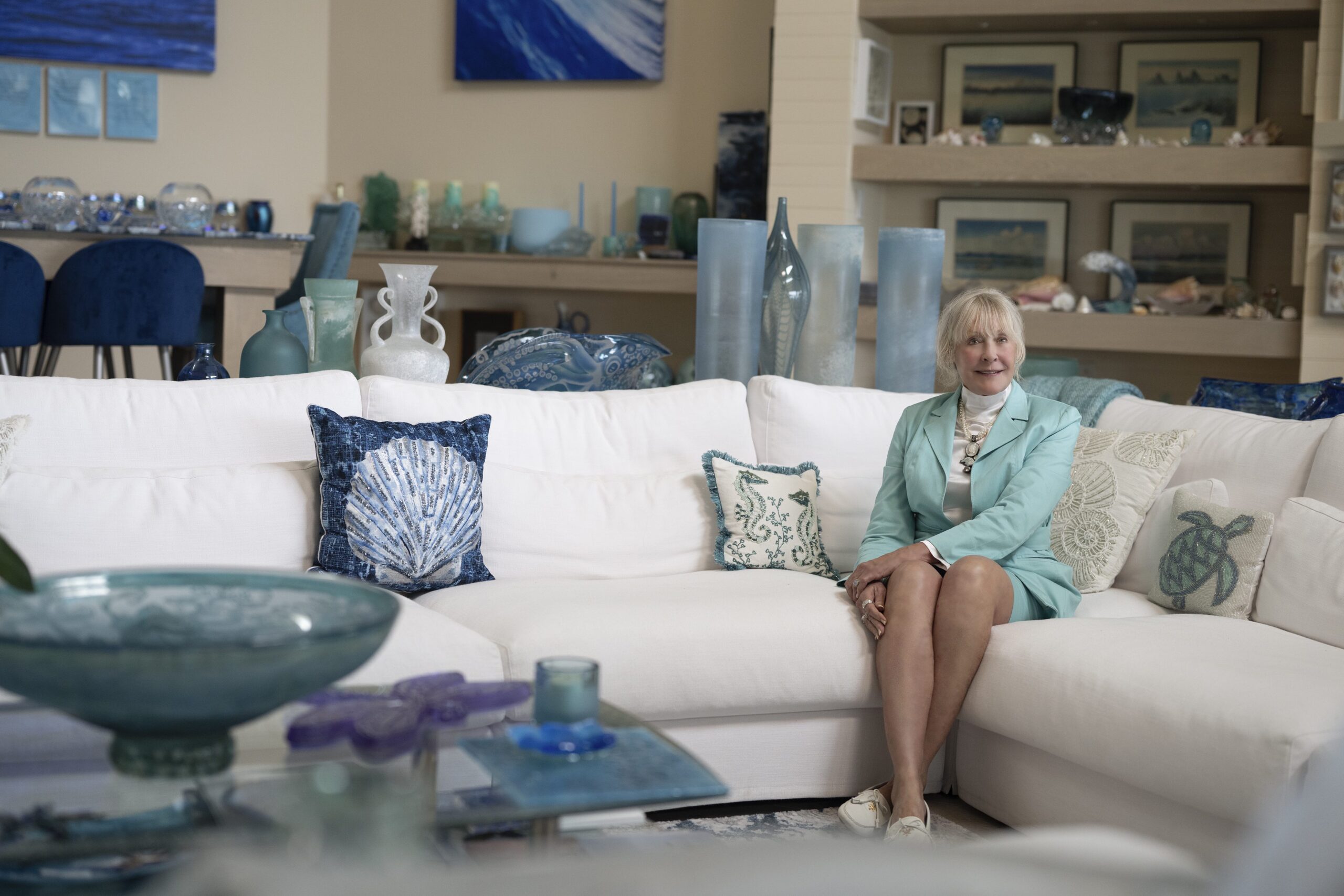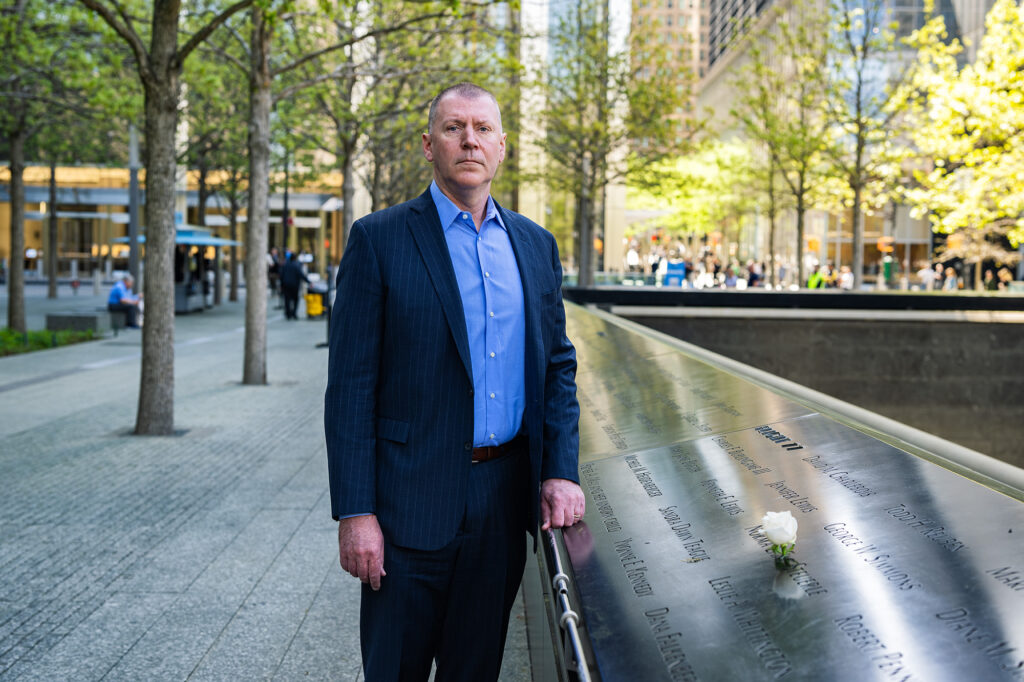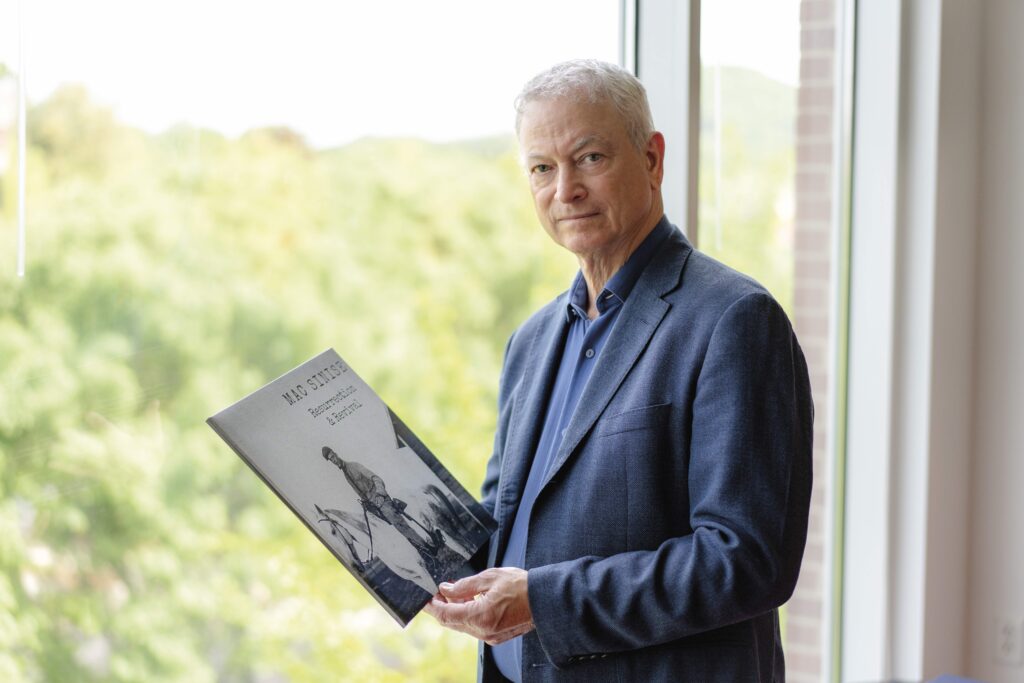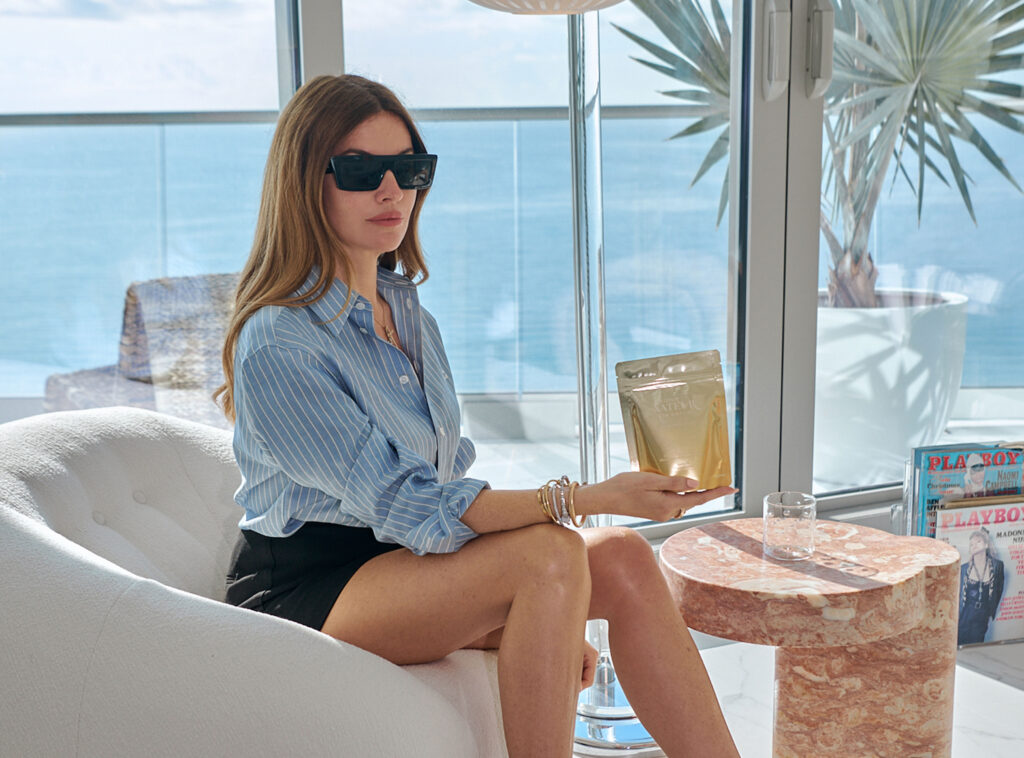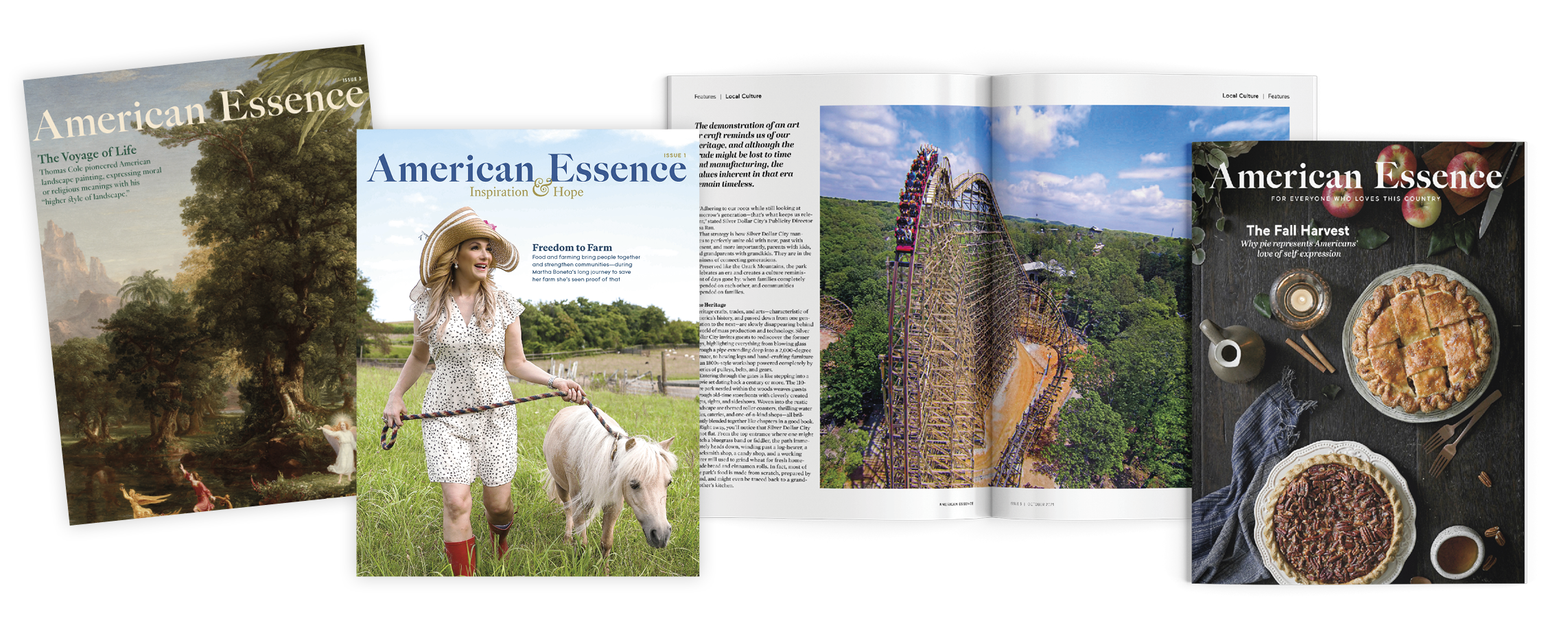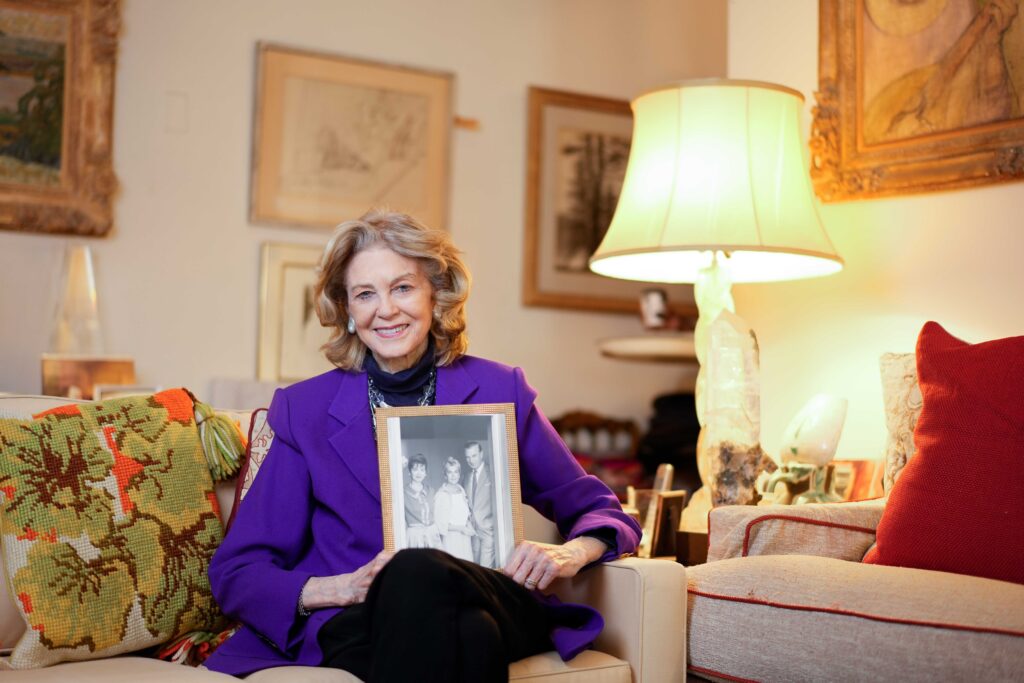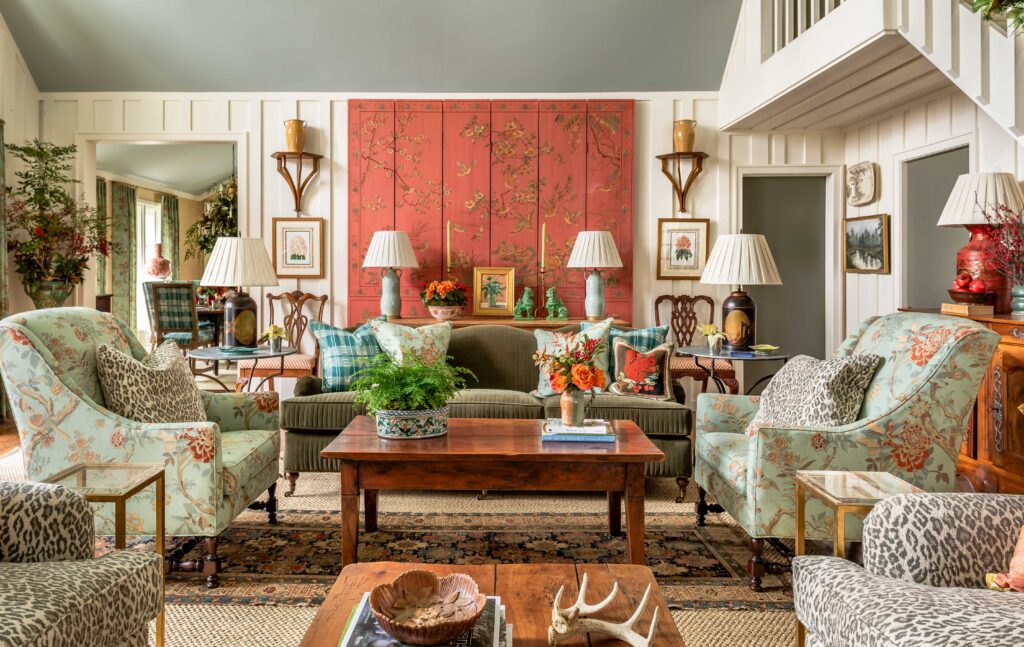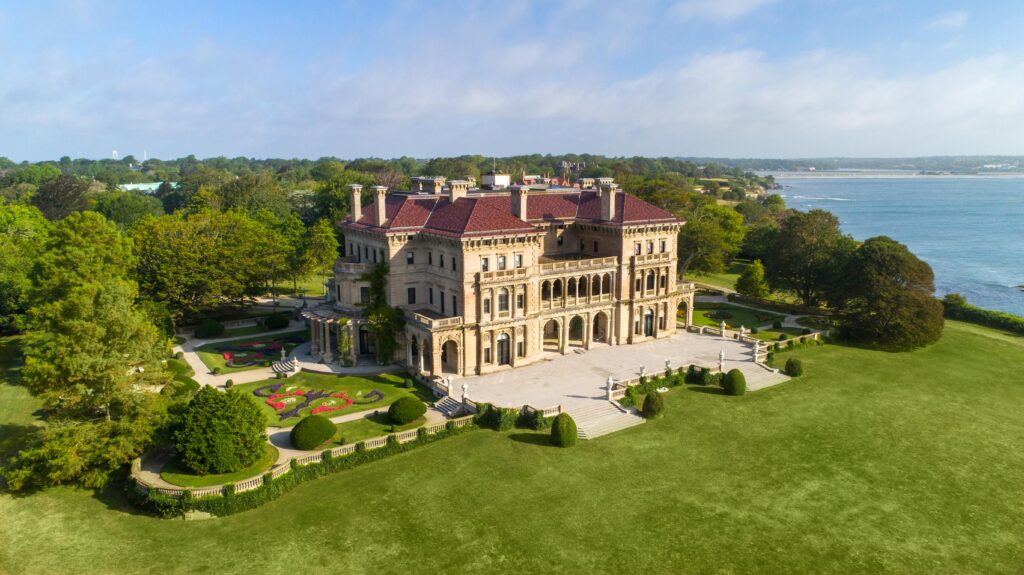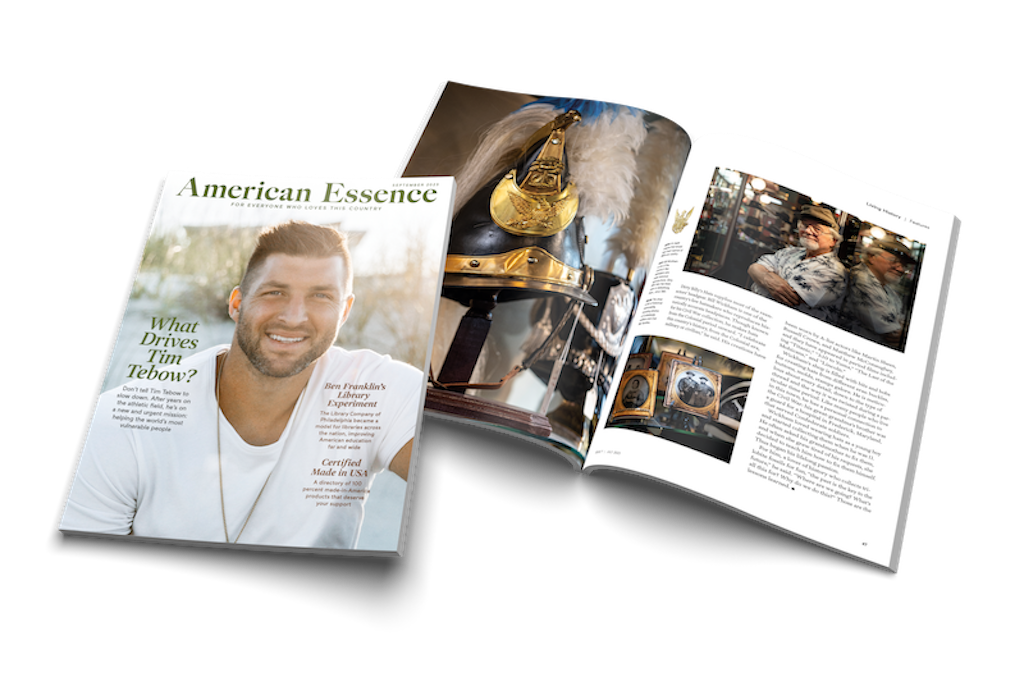As an artist and the founder of the Imagine Museum in St. Petersburg, Florida, Trish Duggan has made a name for herself that is synonymous with glass art. Light refracts and colors dance throughout, enveloping visitors in beauty. Home to a captivating collection of glass sculptures, it’s a space born of serendipity, unplanned passion, and unrestricted vision.
“The first piece of glass art I saw was at John Travolta’s house. The light was hitting it, and it looked alive! I was shocked. It was so beautiful,” Duggan said.
She began to collect pieces that caught her eye and touched her heart. One day, an artist whose artwork she collected asked her, “Would you like to see how it’s done?”
“I was mesmerized,” Duggan recalled. “Then she asked, ‘Would you like to do a piece?’ I said, ‘I’d love that.’ Well, that was the ‘Goddess of Compassion.’ That was my first piece that I ever did.”
Infused with deep spirituality, American values, and personal introspection, Duggan’s work as an artist, patron, and philanthropist reflects universal qualities and embodies her journey from humble beginnings to a life of profound influence.

A Life Shaped by Spirituality and Creativity
Trish Duggan’s story begins in Guam, where she grew up in a military family. “I got my first pair of shoes when I was 5 years old,” she said. During those formative years, she was immersed in the island’s beauty. The beautiful sunsets fired up her love of nature; the ocean’s varied shades of blue and green were imprinted onto her imagination. It also filled her with a sense of abundance. Scarcity was never part of her mindset. Her mother and her father instilled in her a steadfast belief in the American dream. “My mom said, ‘If you study, you can be part of the American dream,’” Duggan recalled.
This ethos of hard work and big dreams propelled her to explore the world and discover a love of art. She still maintains a friendship with her Japanese high school art teacher in California—now 100 years old—who introduced her to Japanese printmaking techniques.

She headed to California to pursue a college degree in political science. Though she was an excellent student, she found herself getting Ds on her papers. When she questioned one of her professors about her low scores, he told her: “It’s your viewpoint [that he disagreed with].” That’s when she realized that she would have to take a different path.
“I’m a dropout,” she said. “It was during the Vietnam War when I went to university; all my teachers were anti-American.” That mindset ran counter to her core beliefs about herself and the world. Seeking an environment free from the political divisiveness in America, she traveled to Nagoya, Japan, to study at Nanzan University. While there, she reconnected with the art and culture she fell in love with in high school, and she began a lifelong appreciation for Buddhism.
After making her first piece of glass art based on a statue of Guan Yin, the Buddhist deity of compassion, she set about creating a series inspired by one of her favorite quotes. “Though you can conquer 1,000 men in battle 1,000 times, the one who conquers himself is the noblest victor of all,” she quoted by heart from a Buddhist text.
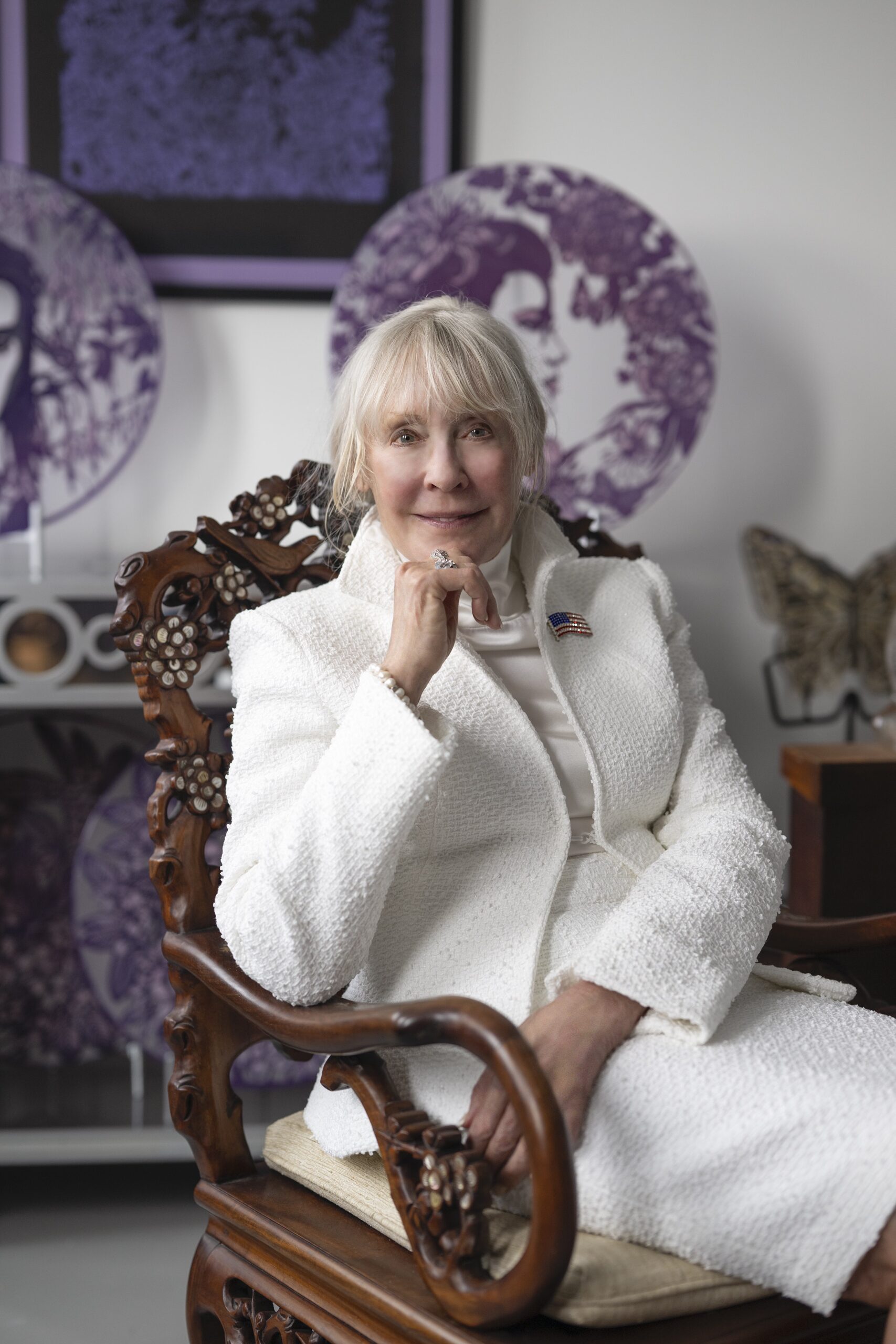
The Art of Glass: A Medium of Magic and Inspiration
“Glass is the most important thing that we’ve discovered,” according to Duggan. From microscopes to eyeglasses to fiber optic cables, glass has played a central role in human history.
“How about the mirror alone? The mirror, I say, started the age of introspection: Who am I? What am I doing here? What’s my purpose? We’re all born to help, and where we can help, we should help,” Duggan said.
Her artistic process is deeply intuitive. She draws inspiration from everyday life—patterns in a magazine, a stranger’s outfit, or the natural beauty of Guam’s waves and stars. Her St. Petersburg, Florida, studio, TD Glass, is a space where she transforms these inspirations into glass. She became a working artist under glass artist Chuck Boux, who praised her artwork: “You open a portal to serenity that I have never seen before.”
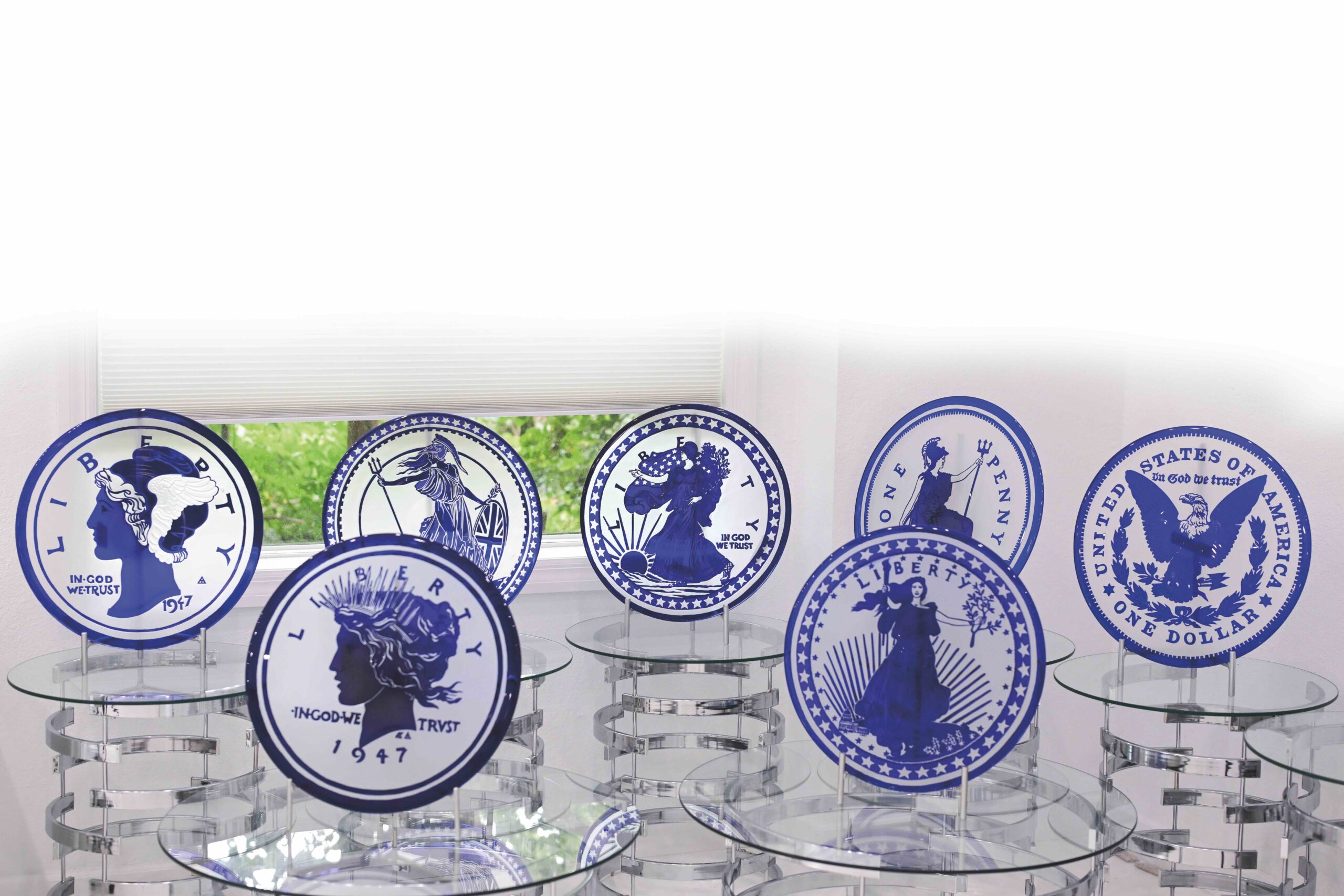
Working with glass is both challenging and exhilarating. In glass casting, glass is melted in a furnace, then poured into a mold. “Not a lot of people want to work with it, because it’s like working with a volcano. It’s 2,100 degrees. It’s all melted sand. It’s very hot to work with, and you don’t know how it’s going to turn out,” she said.
In her artwork, Duggan uses a variety of techniques that allow her to incorporate intricate detail and expressive forms. Her distinctive style blends traditional techniques with innovative approaches. Drawing from her background in Japanese woodblock printmaking, she presses woodblocks into sand to create a mold. Then she pours molten glass into the mold to capture the design.
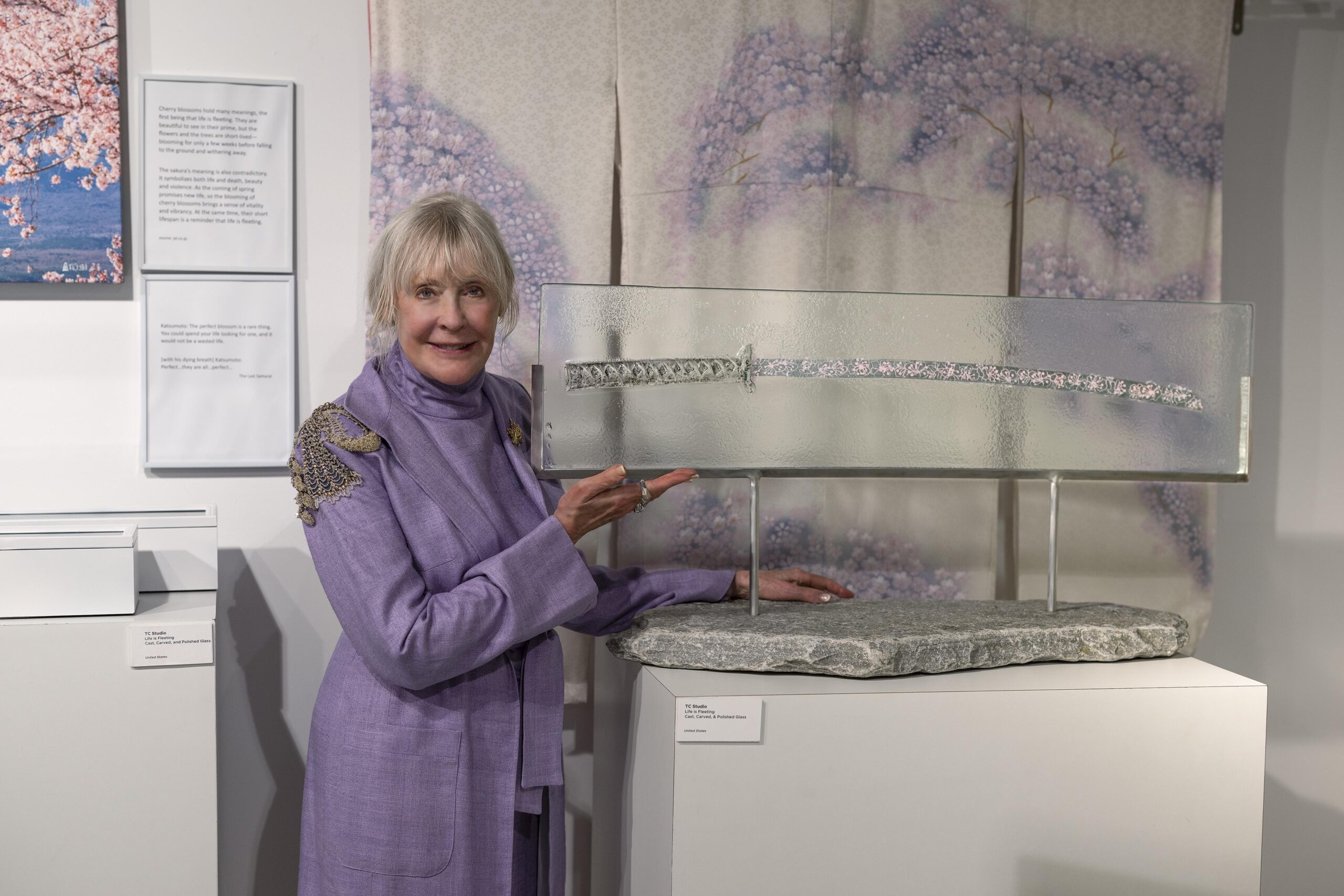
To create the delicate flowers adorning some of her pieces, she uses pâte de verre, made by pressing molten frit (finely ground glass) into molds. Her tropical-themed pieces often feature shells and seahorses and reflect her love for nature and imagination. They incorporate impressions of leaves, shells, and other items from nature that she collects herself.
The medium’s ability to interact with light and create a sense of vitality captivates her. “The most magical thing about glass is what happens when light hits it,” she said.
A Spiritual and Social Vision
When she’s immersed in her work, time slips away. “When I’m in that moment of creation, it’s very spiritual. I’m absolutely in the moment,” Duggan said. “I have raised eight kids, and sometimes I was so into working on a project that when I looked up at the clock, it was 4 o’clock in the morning, and I’ve still got to get up and get my kids to school.”
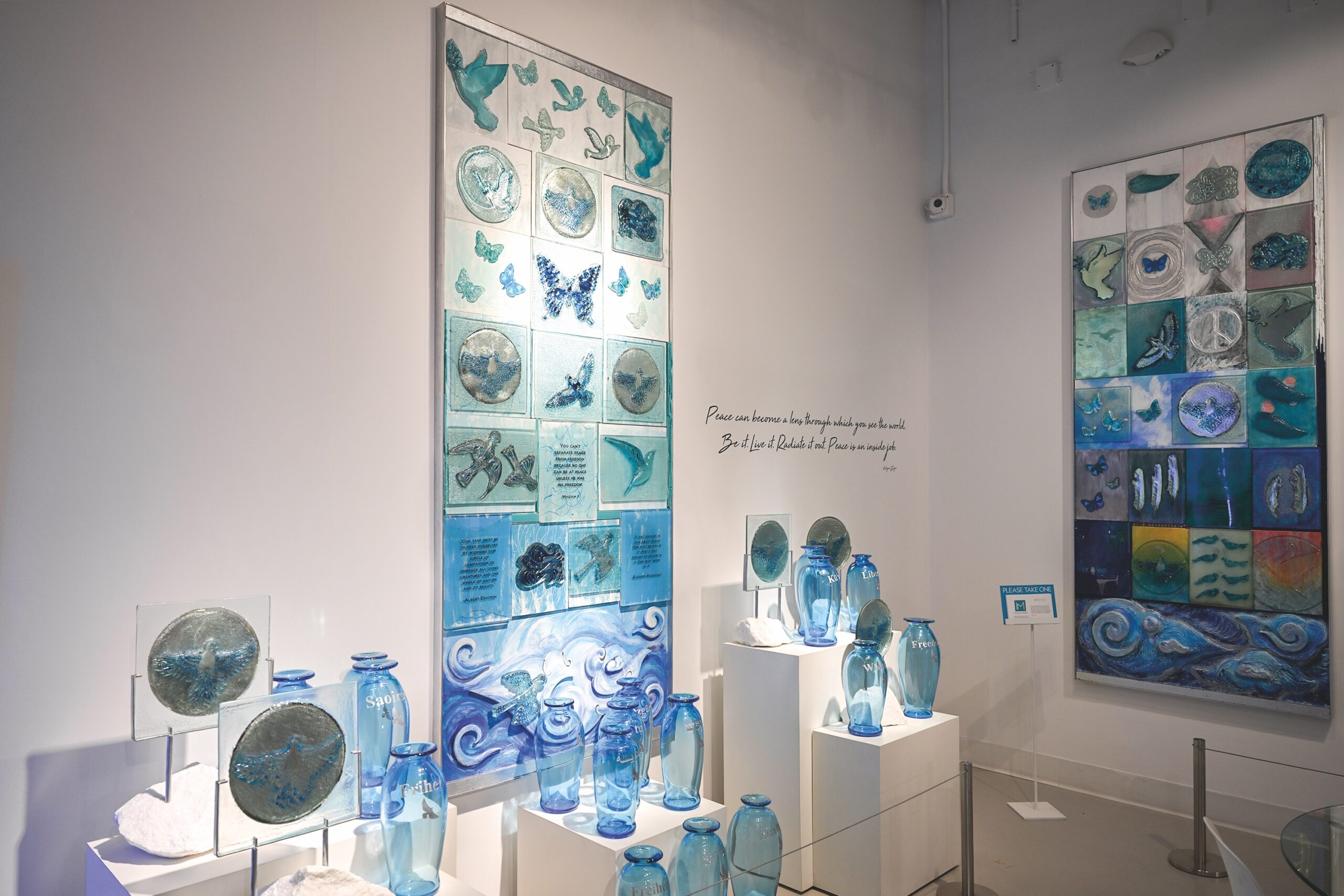
That drive manifests not only in Duggan’s art, but also in her business and philanthropic endeavors. In 2018, she opened the Imagine Museum in Florida, and she is a board member of the projected Museum for Peace in Costa Rica. She also has plans to open an international museum of glass art, and she is a newly appointed board member of the John F. Kennedy Center for the Performing Arts in Washington.
In all her work, Duggan said she hopes to promote American values and support universal human rights. Her Americana room at the Imagine Museum features symbols like the Statue of Liberty and astronauts. It celebrates the spirit of freedom and exploration.
Her experiences in communist countries deepened her appreciation for American freedoms. She recounted a chilling incident in China after she left a picture of the Dalai Lama at a monastery, saying, “I wanted them to know it was the Dalai Lama’s monastery.” Though she and her group were under military surveillance for the rest of the trip, Duggan felt no fear. It only reinforced her dedication to human rights advocacy.
She also highlighted a documentary she once saw about the persecution of Falun Gong in China. Since 1999, the Chinese Communist Party has imprisoned and tortured adherents of the Buddhism-inspired practice, which is based on truthfulness, compassion, and tolerance.
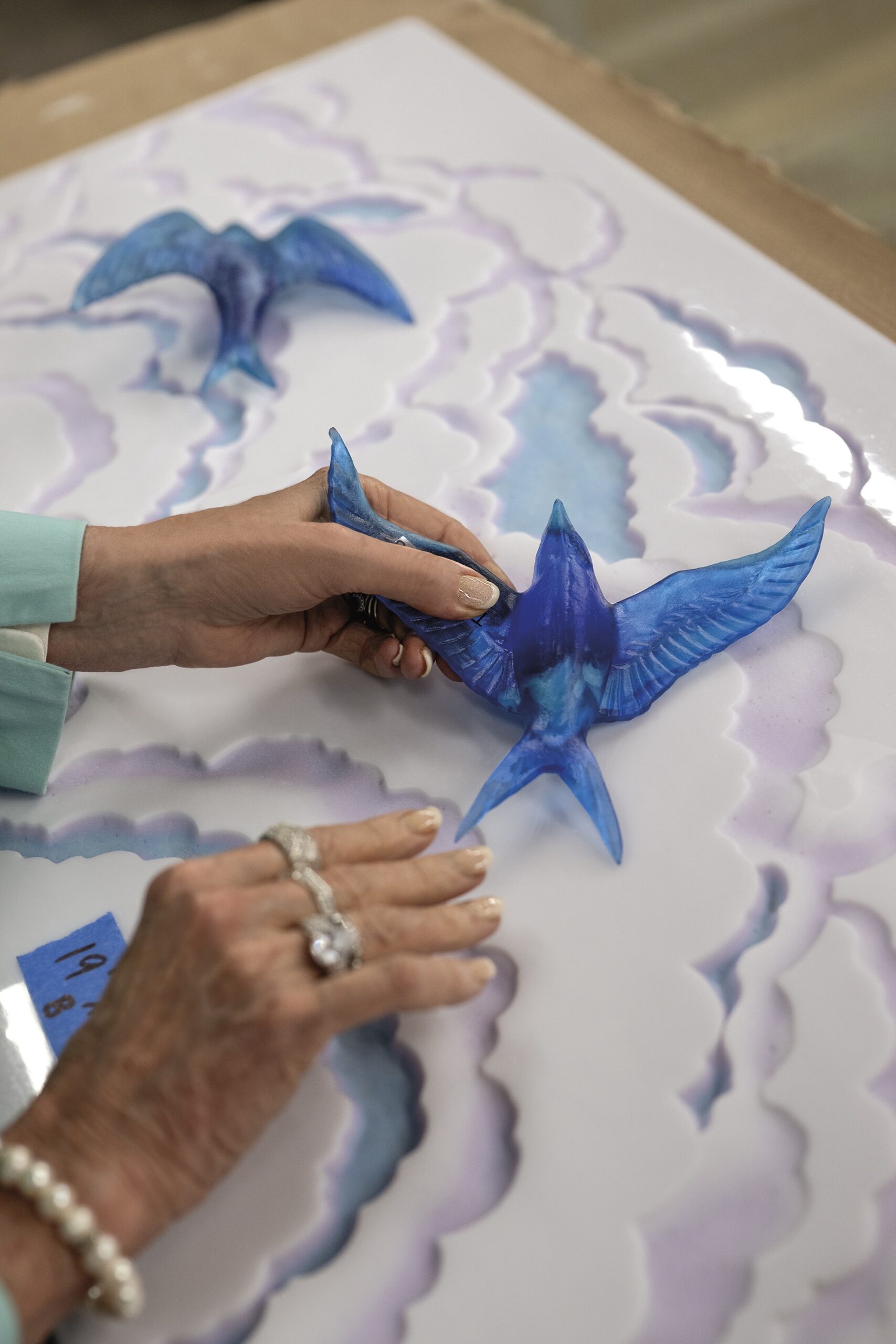
“It was so shocking to me. I said, ‘I’m going to do something about it.’ There was nobody who wanted to do anything about it,” she said about the CCP’s lucrative organ harvesting crimes. “You can go and get a liver for very cheap [in China], you could go into the prison and say, ‘Oh, that 18-year-old girl from Falun Gong, I’ll take her lungs,’ and then they don’t use any anesthesia. It’s just criminal what’s going on on the planet.”
“We’re all born free and equal in dignity and rights,” she asserted, emphasizing the need to honor individual worth. “We have to leave a future of freedom, not one of slavery.”
Duggan’s compassion doesn’t just manifest in her art and philanthropy. She grounds her daily life in the same values. She has adopted six children from foster care. After her own success in business, she supported her mother’s education, which was put on hold when she became pregnant at age 16 and eventually culminated in two master’s degrees and a doctorate.
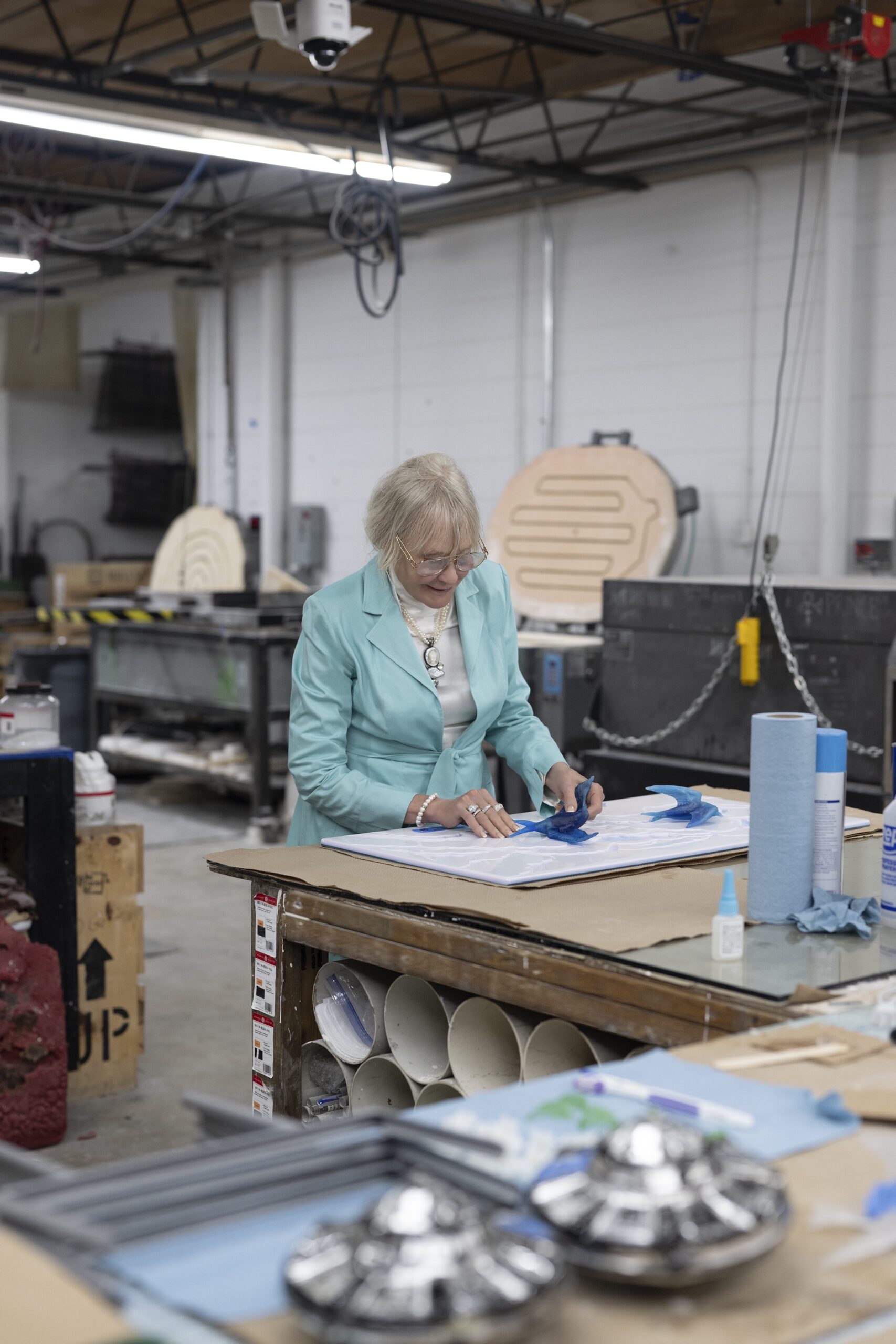
Cultural Leadership and Future Aspirations
Duggan sees art as a unifying force in a divided world, with the power to transcend political and social divides. “People who are on the opposite end of the spectrum than I am … come [into the museum] and they’re like, ‘This is so beautiful.Thank you so much. It’s so uplifting,’” she noted. Her next project aims to “celebrate the future generation,” emphasizing freedom and creativity and countering oppression.
As a patron of the arts and steward of cultural institutions, she hopes her philosophy of compassion and freedom will light a path toward a more inspired and united society.
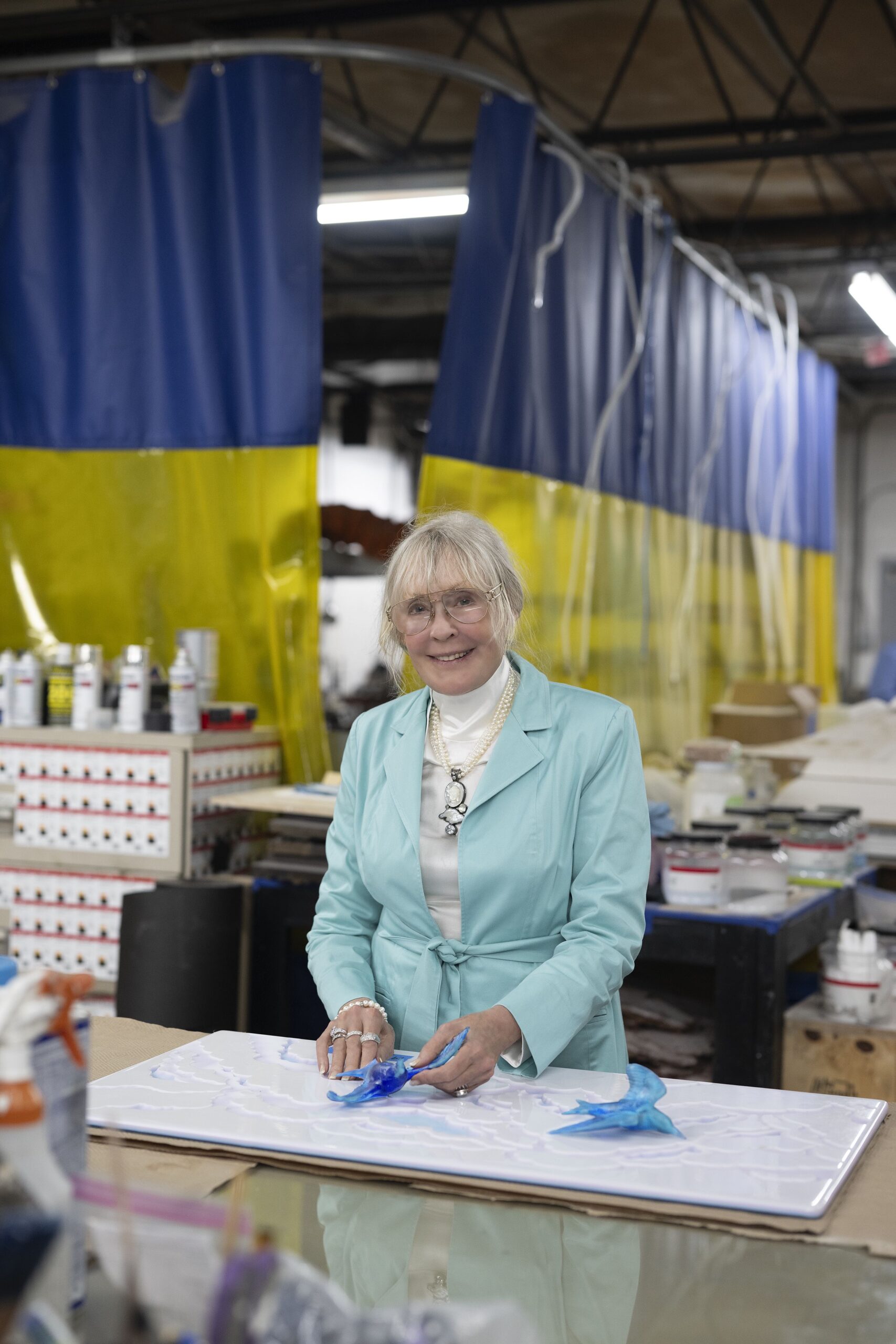
“If you look for beauty, you find beauty. There’s tons of ugliness out there. There’s tons of divisiveness. There’s lots of hatred. If you look for that, you’re going to find it. But I don’t happen to try to look for that. I look for the beauty in things,” she said.
Duggan’s plans and ideas keep her plenty busy. “I’ve got at least three file boxes full of all different projects. I need to live to 250 to get all of these done. Somehow, I’ve got to cheat death or something,” she laughed.
She fervently believes in the transformative power of art: “That’s the artist’s job—to lead people into the future, to create beauty. The purpose of the artist is to help bring man up into the future. That’s culture.”
From Sept. Issue, Volume V

